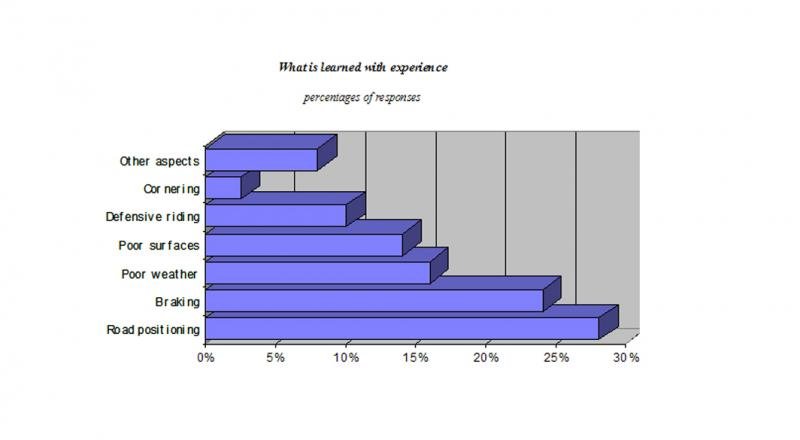108625
New member
No mathmatical equation works for me because I'm not looking at my speedometer.
Haven't hit a stray cow yet, or slid on a cow pie, either.
No chicken strips on the Viffer, for that matter.
As Bubba pointed out, advice for one bike doesn't neccessarily apply to another. Neither does advice for one rider. Ultimately, only one rider can get you from point A to point B and back again, and it ain't me.
Haven't hit a stray cow yet, or slid on a cow pie, either.
No chicken strips on the Viffer, for that matter.
As Bubba pointed out, advice for one bike doesn't neccessarily apply to another. Neither does advice for one rider. Ultimately, only one rider can get you from point A to point B and back again, and it ain't me.





